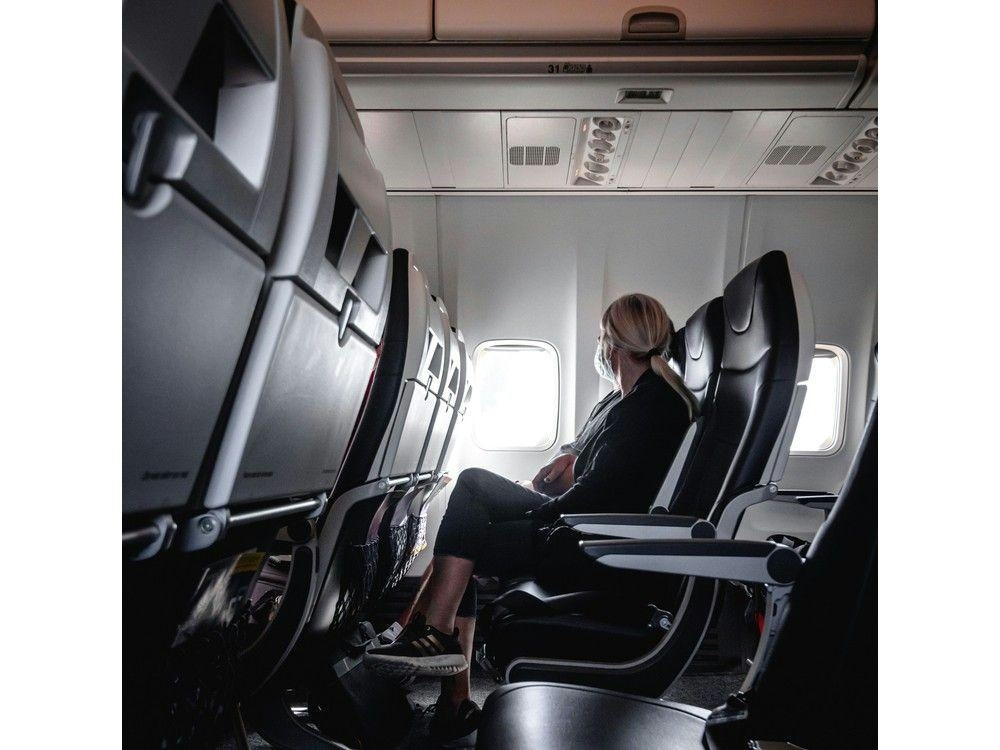
AeroGenie — 您的智能副驾驶。
热门趋势
Categories
Archer Aviation Stock Rises Amid U.S. eVTOL Market Expansion
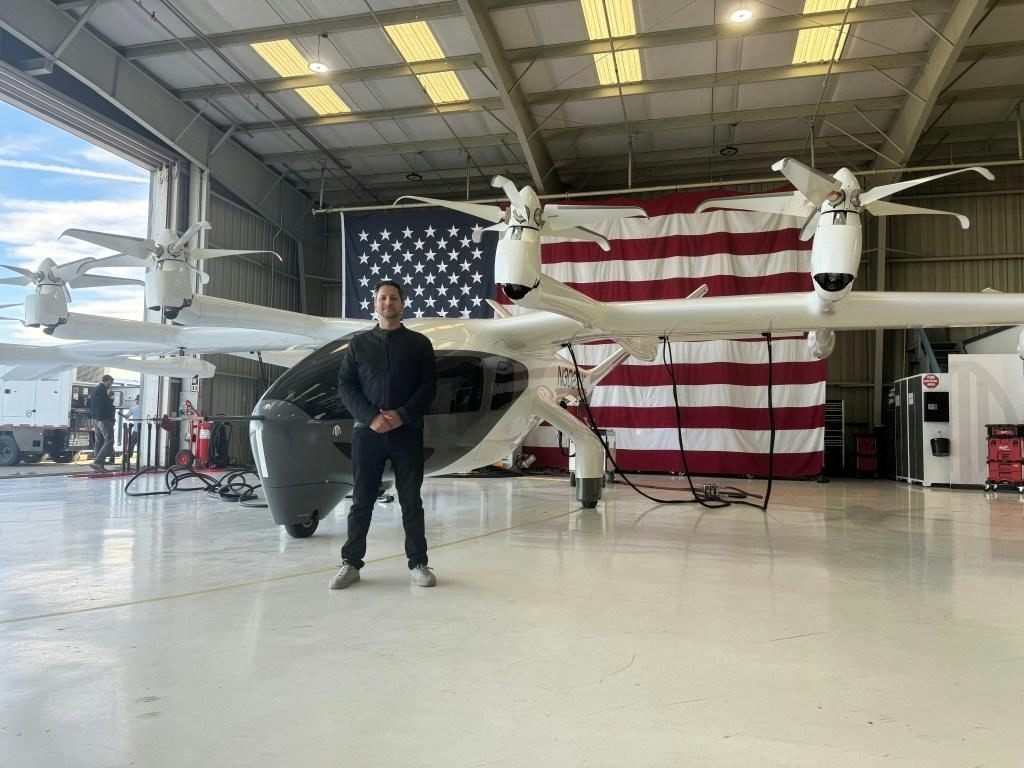
Archer Aviation Stock Rises Amid U.S. eVTOL Market Expansion
Archer Aviation Inc. (NYSE: ACHR) has emerged as a leading contender in the rapidly growing electric vertical takeoff and landing (eVTOL) sector, with its stock price surging more than 35% in 2025. This upward momentum reflects increasing investor interest in clean mobility solutions, environmental, social, and governance (ESG) investing, and efforts to reduce carbon emissions.
Financial Strength and Market Endorsement
The company’s recent capital raise of $850 million, supported by a White House executive order aimed at accelerating the deployment of eVTOL technology across the United States, has bolstered Archer’s liquidity to nearly $2 billion—the strongest position among its peers. This financial robustness has reassured investors despite potential challenges, including regulatory approval processes, technological competition, and the need for widespread market adoption.
In the first quarter of 2025, Archer exceeded analyst expectations by reporting an earnings per share (EPS) loss of $0.17, significantly better than the anticipated $0.28 loss. With cash reserves exceeding $1 billion and an order backlog valued at $6 billion, the company now holds a market capitalization of $6.57 billion and enjoys a Strong Buy consensus from industry analysts.
Strategic partnerships with major corporations such as United Airlines, Palantir, and Stellantis, along with other global operators, highlight Archer’s readiness to scale and the broad industry support it commands. Meanwhile, competitors are intensifying their investments and forging new alliances to maintain their positions within the evolving eVTOL landscape.
Innovative Zero-Emission Aircraft and Sustainable Mobility
Archer’s flagship aircraft, the Midnight eVTOL, is a four-seat vehicle powered by six battery packs, designed to operate with zero emissions and enhanced safety features. The company is committed to utilizing renewable energy at all vertiports, reinforcing its mission to provide clean urban air mobility. As cities increasingly invest in sustainable transportation infrastructure, Archer’s low-noise, zero-emission air taxis are well-positioned to replace traditional helicopters and alleviate congestion on ground transportation networks.
Planned air taxi routes, such as those connecting New York City with nearby airports in 5 to 15 minutes, promise to replace lengthy car journeys, thereby improving productivity and sustainability. This is particularly significant for corporations aiming to reduce Scope 3 travel emissions in line with Science-Based Targets initiatives.
Carbon Credit Potential and Market Outlook
Archer is also strategically positioned to benefit from the expanding voluntary carbon credit market. As this market shifts toward technology-driven offsets, Archer’s eVTOL operations offer several advantages: zero direct emissions during flight, displacement of fossil-fuel-based regional travel, integration with renewable energy sources, and a quantifiable environmental impact. These factors could enable Archer to generate premium carbon offsets, which are expected to command higher prices as the market grows from $1.4 billion in 2024 to an estimated $35 billion by 2030, potentially reaching $200 billion by 2050.
Certification Progress and Production Scaling
The company has secured its Part 135 Air Carrier Certificate, a critical step toward commencing commercial operations following the anticipated FAA Type Certification expected by late 2025. This certification will allow Archer to begin revenue-generating flights in major U.S. cities. Production is ramping up at Archer’s manufacturing facility in Georgia, with a target of producing two aircraft per month by the end of the year. Further scaling efforts will be supported by Stellantis’ expertise in supply chain management.
As the U.S. eVTOL market continues to expand, Archer Aviation’s strong financial position, cutting-edge technology, and strategic partnerships position it as a key player in the sector, even as regulatory, technological, and market challenges remain.
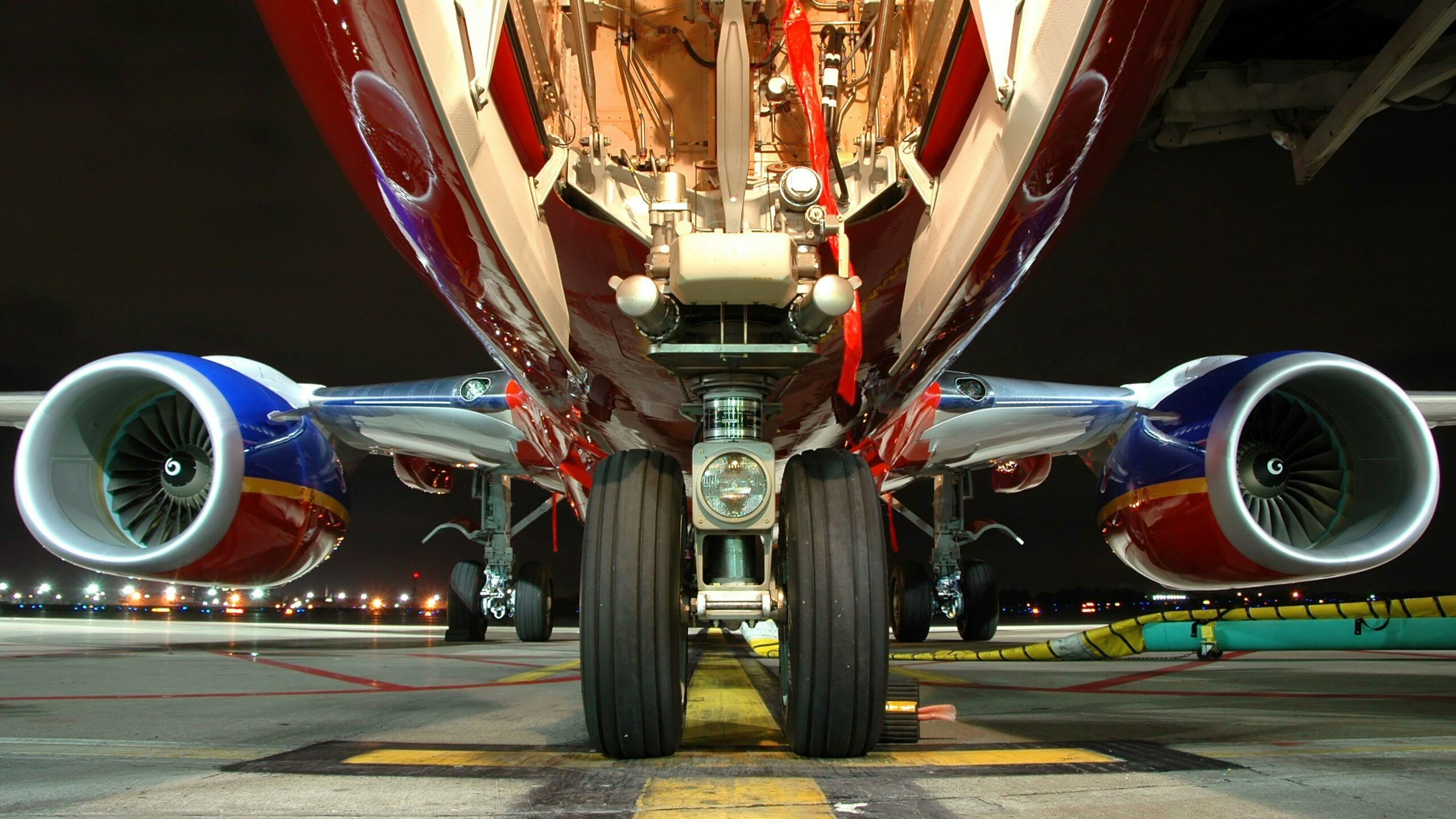
AxioAero Group Acquires Airway Aerospace
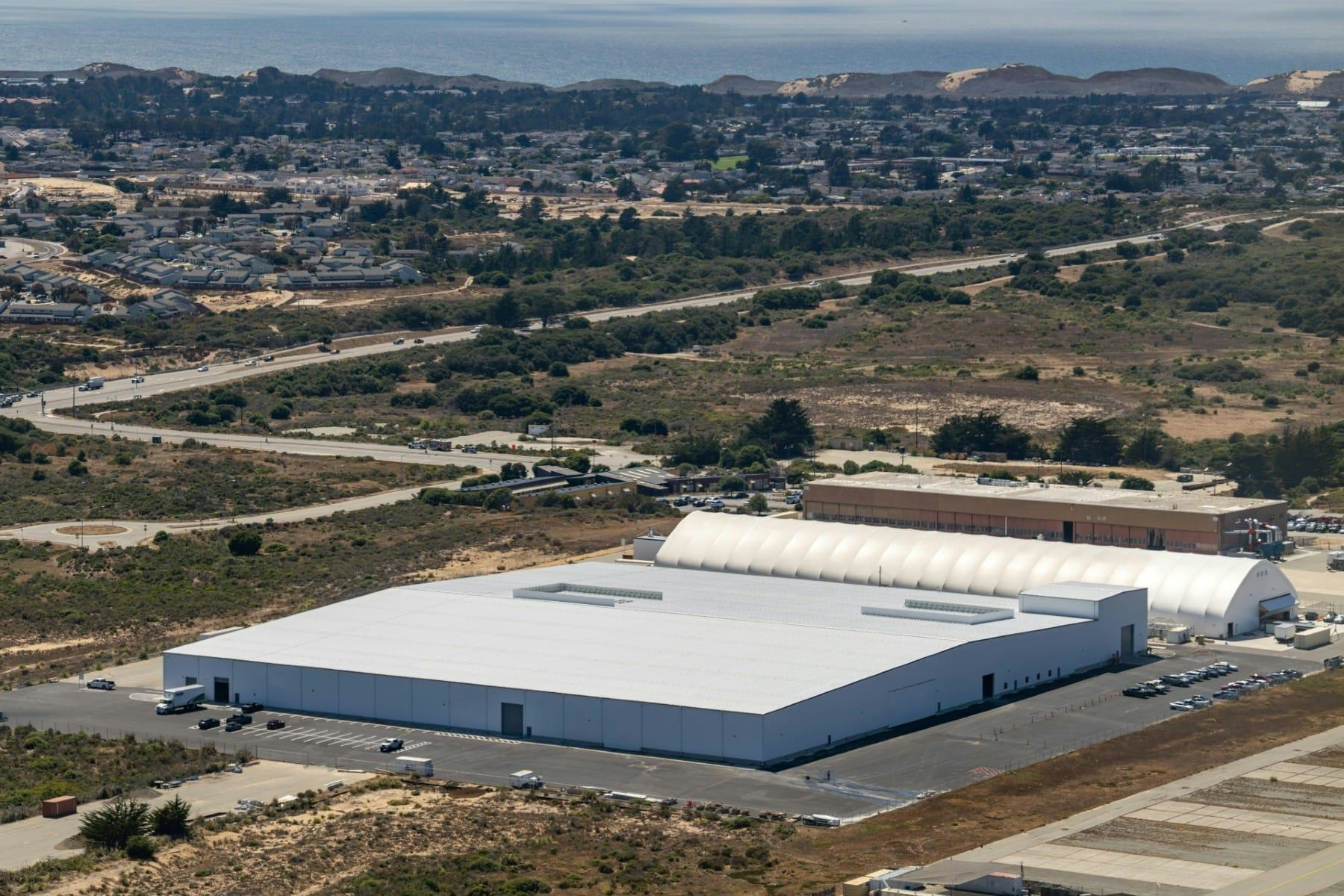
Joby to Train Up to 250 Pilots Annually with New Simulators in Marina
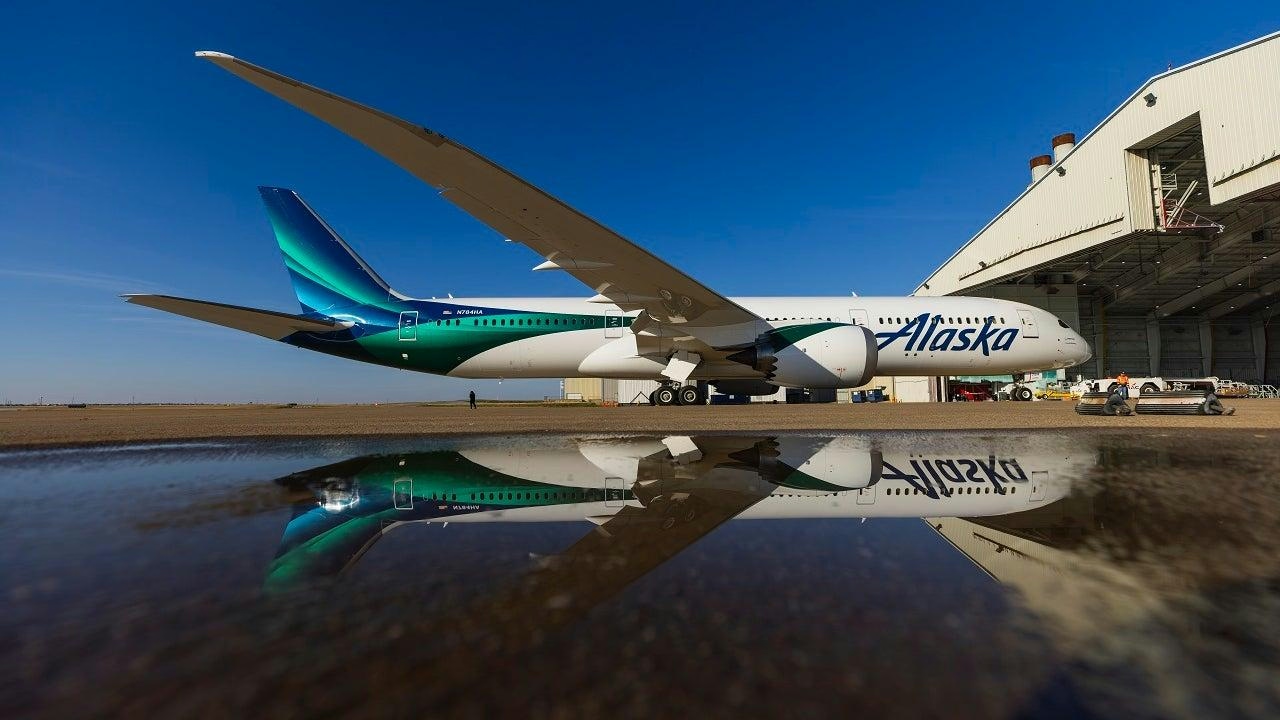
Boeing and Alaska Airlines Confirm Major Aircraft Order
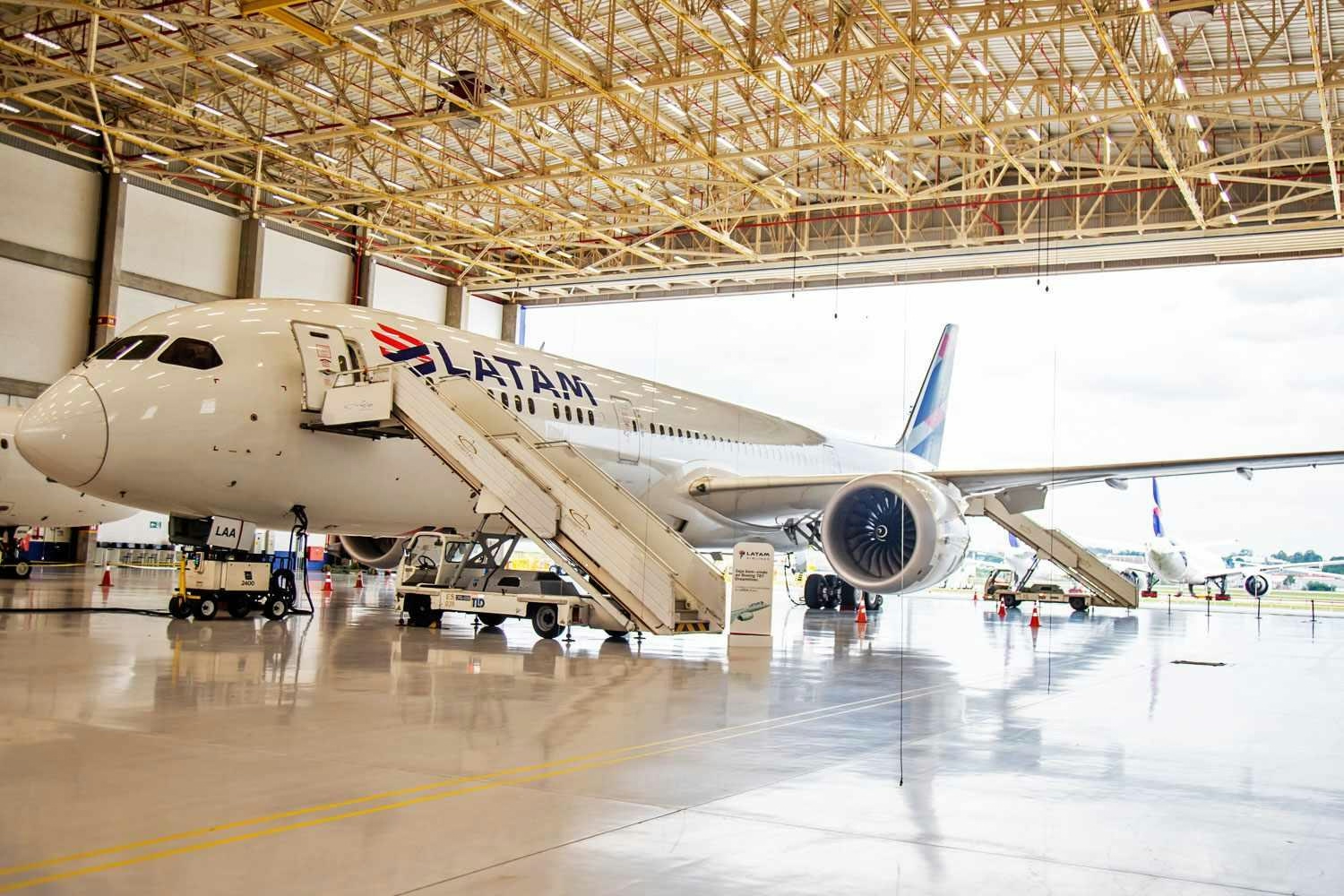
LATAM Receives First Boeing 787-9 Equipped with GEnx Engines
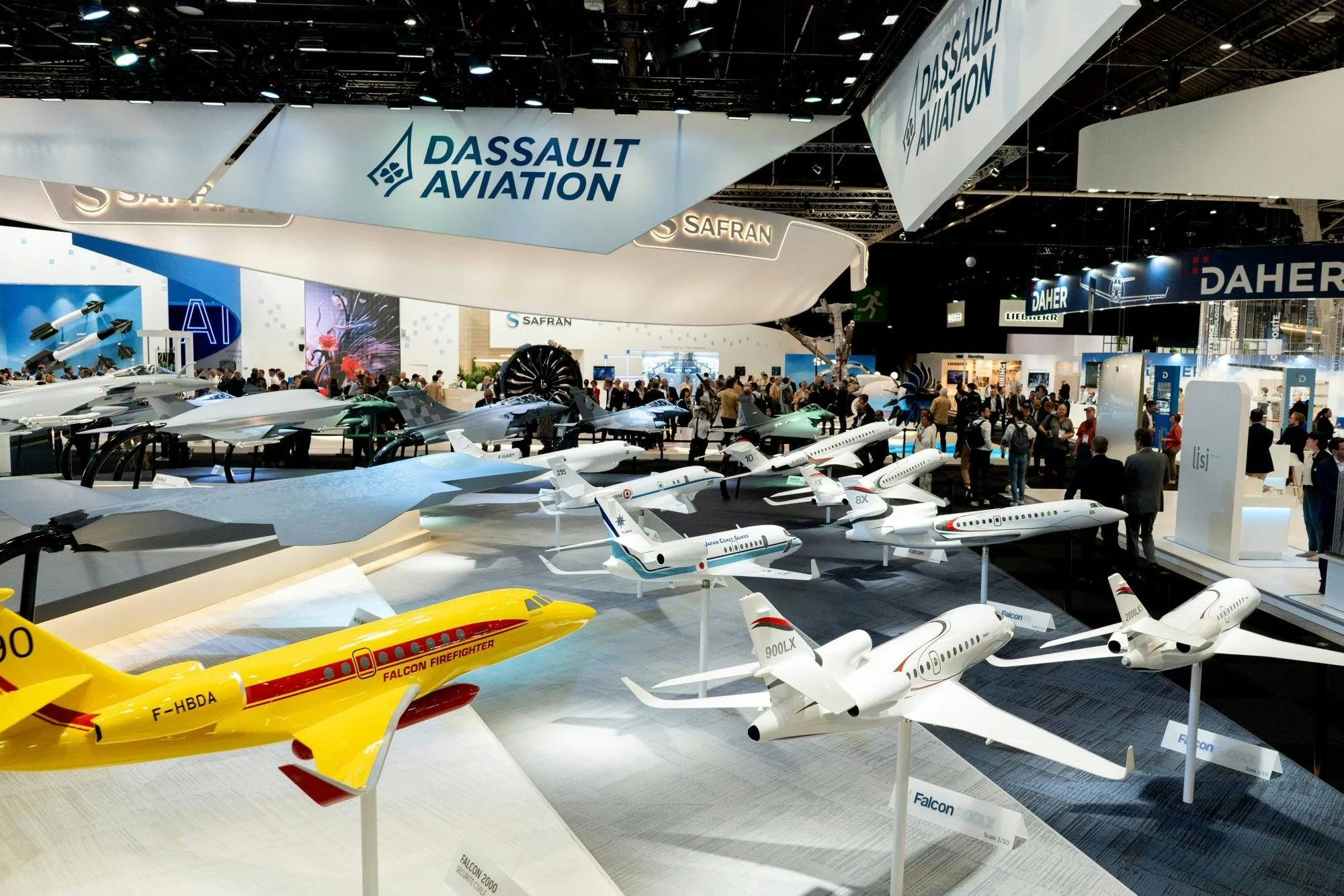
Dassault Aviation Reports Aircraft Deliveries, Orders, Backlog, and Sales Outlook
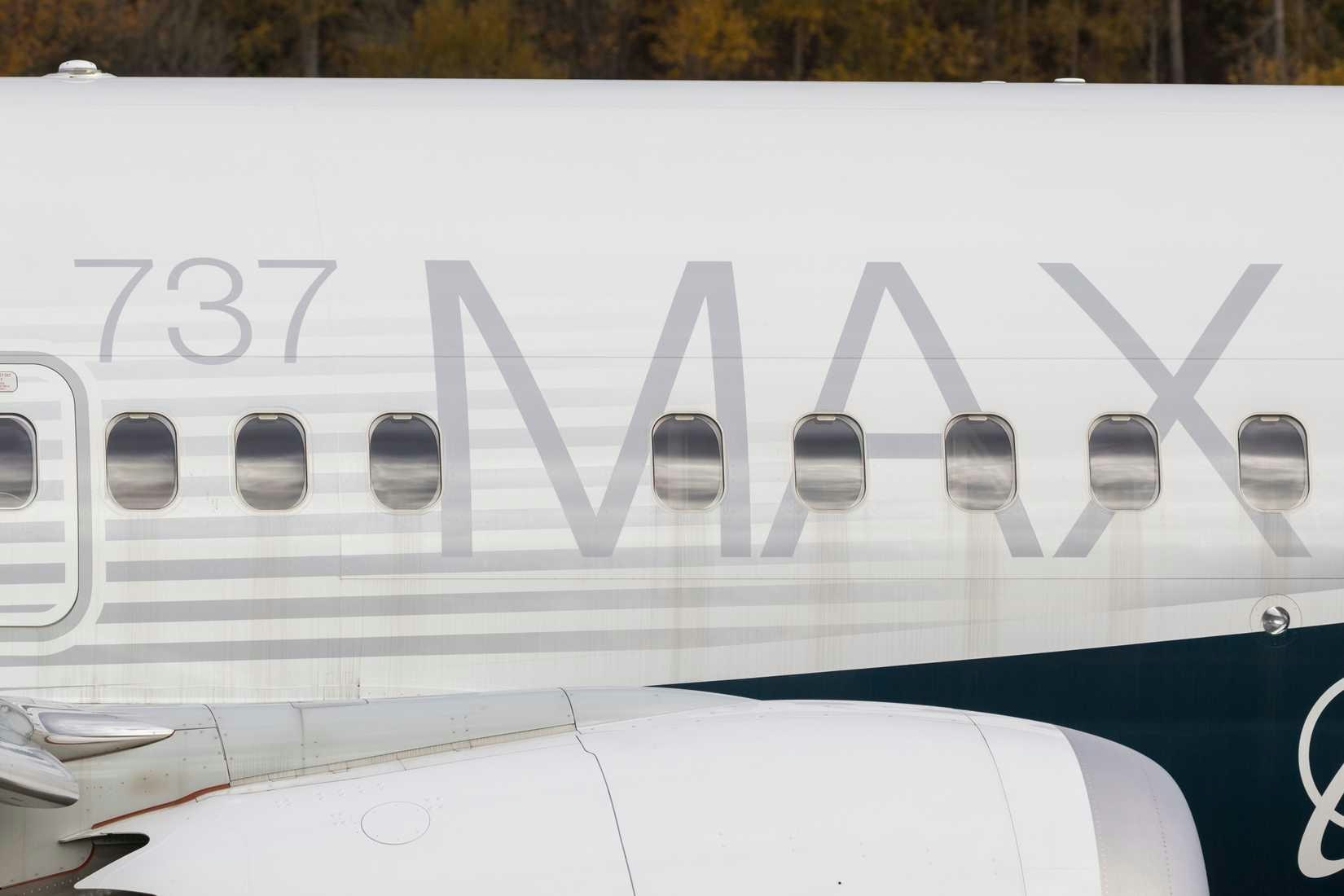
Alaska Airlines Orders 140 Boeing 737-10 and 5 Boeing 787-10 Jets
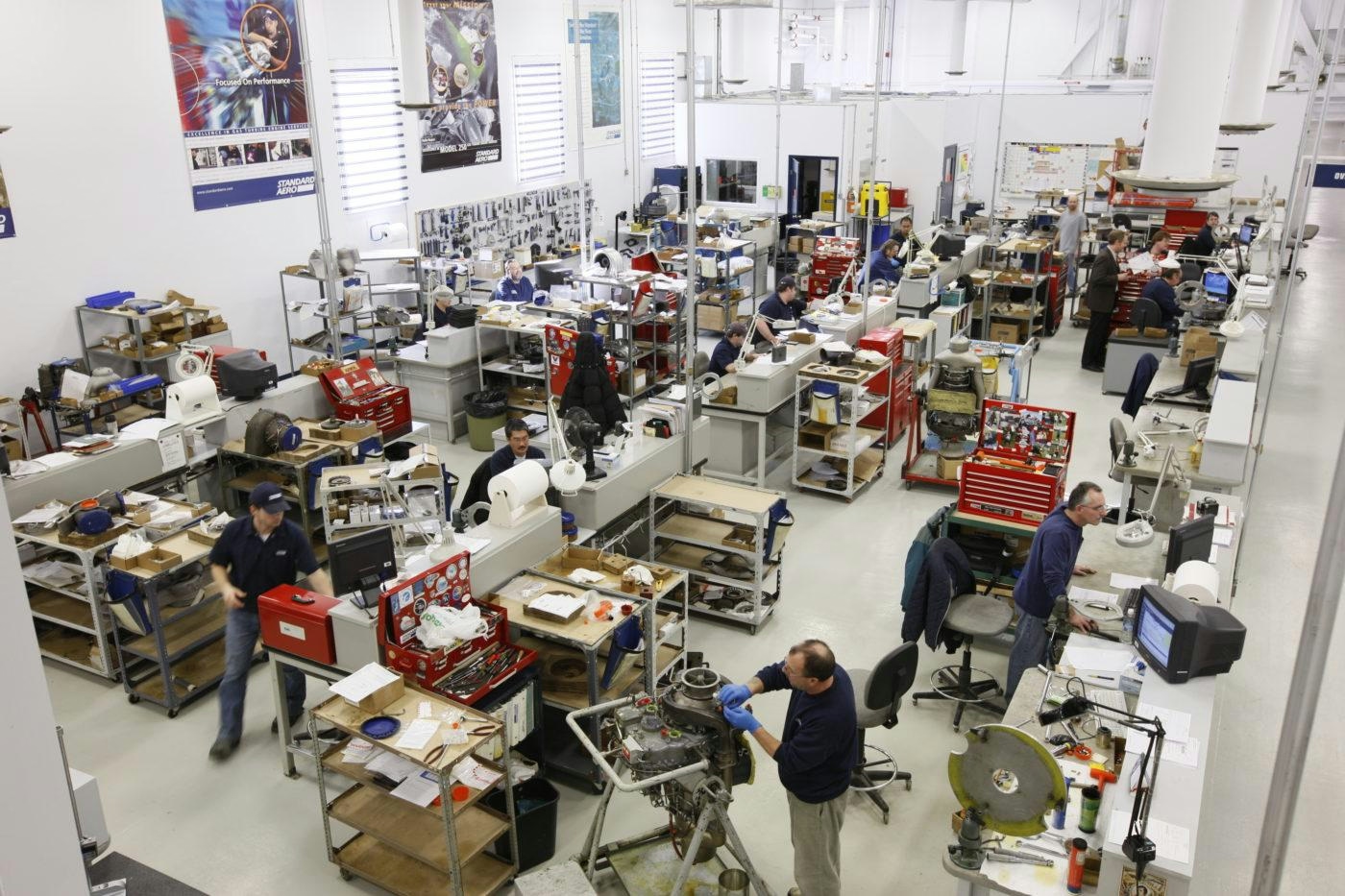
Dine Appointed Vice President of Sales at StandardAero
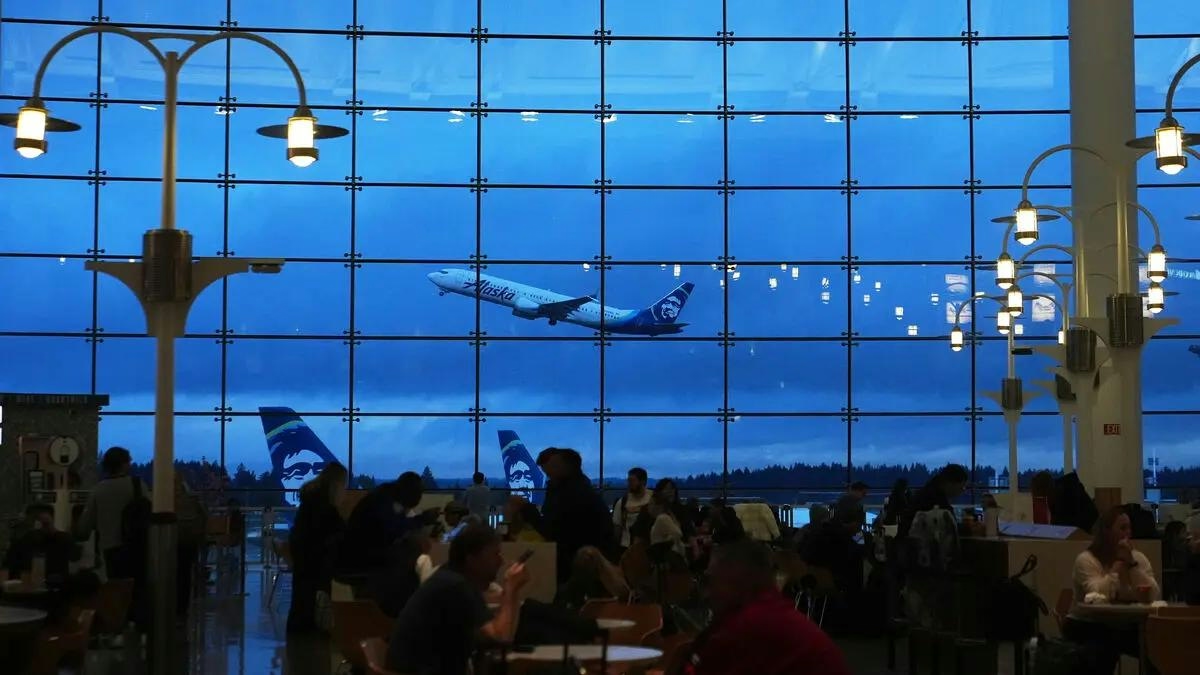
Boeing Shares Rise Following Alaska Airlines’ Record Aircraft Order

Porter Airlines Partners with BeauTech to Upgrade North America’s Fleet
